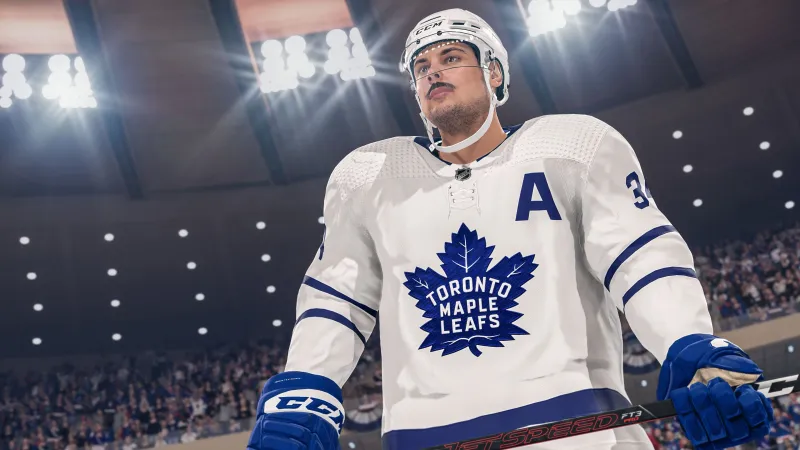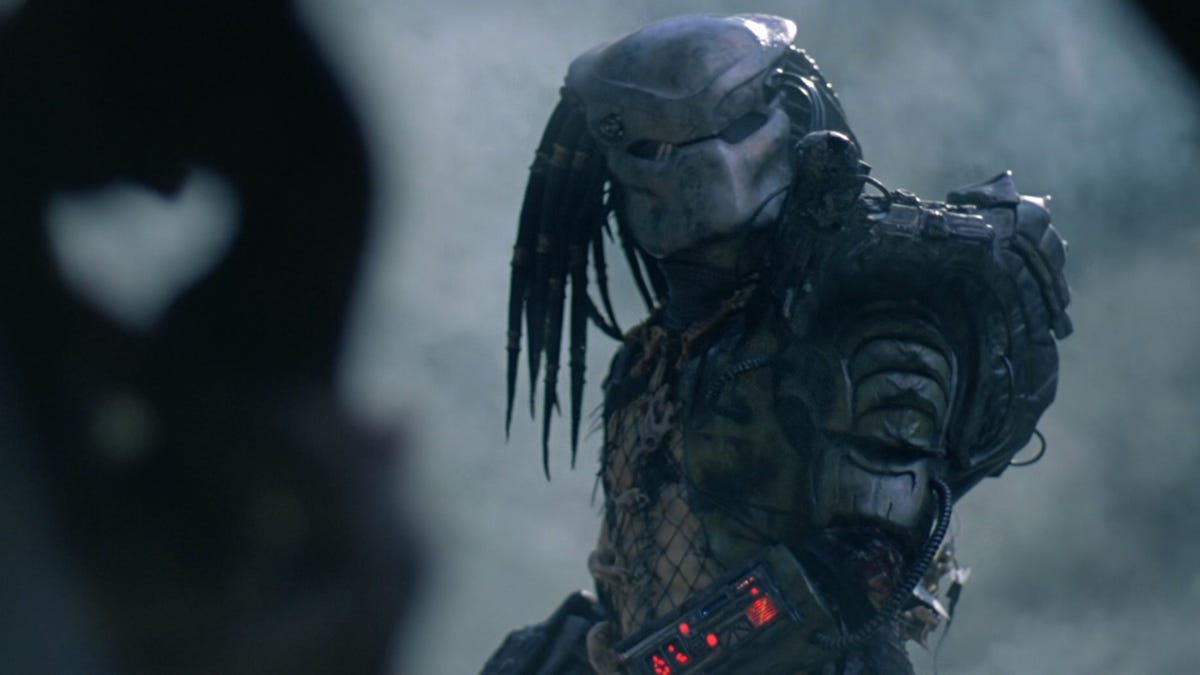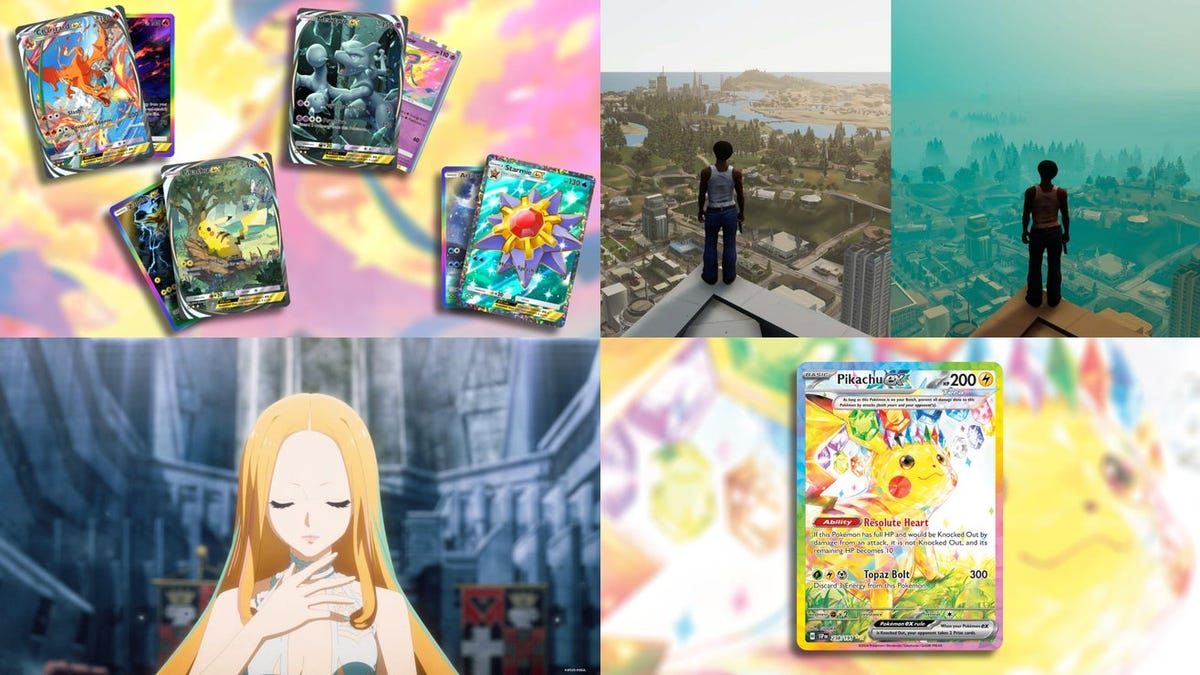Every team relies on their star players to make the difference. They are the ones the fans look to when the pressure is on to make the game and get the win. The problem is, star players don’t always deliver what they promise, and if there isn’t enough extra talent around them, a team can quickly crash to the bottom of the table. NHL 22 makes the grave mistake of investing everything in the league’s elite talents to improve the game in all modes and creating an entire skill system around them to showcase their more dangerous skills on the ice. The problem? These top players don’t have much of an impact on the game, and without other meaningful additions, fans don’t have much to cheer about.
Inspired by EA’s Madden, this year EA Vancouver launched Superstar X-Factors, which give the best of the best special abilities. Alexander Ovechkin, for example, has the “One Tee” ability, which not only gives him exceptional strength and accuracy on a one-time puck, but also increases his ability to make one-off less than ideal passes. X-Factors are a welcome attempt at shaking up the metagame that hasn’t changed in a while, and I like the thought process behind it: raising players’ awareness when these elite talents step on the ice and making them feel different admit. However, I never felt the tension, defensively or offensively, that X-Factors should be. All players – Star or Viertliner – still feel pretty much the same on the ice, and that’s a big problem. X-Factors, like star players, should make all the difference, but instead they’re just there, and I’ve rarely had the feeling that they add to a formidable game that is meant for the highlight role. Where’s the fun in it?
Unfortunately, EA Vancouver went all in with X-Factors adding them as a big new change and not much more to most of the major modes. Again, they aren’t a huge change in the experience so I felt like I was playing more of them. Sure, in Franchise mode you want to target players with X-Factors in the draft, but the mode still has the boring mini-game with the trading deadline, the player’s confusing demands, and no way to really give the coach any direction for the team.
Be A Pro, where you create your own rookie and get drawn into an NHL team, got a makeover last year and it felt like a promising start. Imagine my disappointment when the boring dialogue, half-baked salary perks, and lackluster events returned. You can earn X-Factor skills by playing games and completing certain milestones, but even after unlocking some, I didn’t feel like they made much of a difference to my game. I was also frustrated when I saw that the conversation system still left a choice between being a “star” or a “team” player. Additionally, the mode still lacks meaningful events to keep the NHL season exciting in the long run.
The only place I felt that X-Factors made the game better was in World of CHEL’s EASHL as they allowed me to build a player my style. I play power forward and have the “unstoppable force” x-factor that makes it hard to knock me off the puck even when I’m off balance. I also like that when you select a position, you can redistribute some of your statistic points. I hate how slow the power forward is, so I happily sacrificed some of my slap shot precision for a little more speed. EA made up for this so some valuable skills like speed cost more points than others, but I like that it encourages you to experiment with a build that works best for you. The only possible downside is that this year it feels a lot easier to score in EASHL. Most of the games I’ve played ended up with high scores and my stats felt padded compared to previous years. I don’t mind the joy of scoring more goals, but I’ve seen a lot of questionable goals, like weak wrists.
All of the gameplay feels a little different than last year, with a more realistic, slower pace. Body checks seem to be properly balanced; there have been few occasions when I felt too easily knocked off the puck. However, the poke check remains overwhelming, especially since it is easy to spam without penalties even in online play. Hockey players are sure to toast, but that’s not nearly as used in the real NHL. Also, the puck can be hard to follow, especially in the corners, which has been a problem in the past but is kind of worse this year.
I also had some technical flaws, such as the disappearance of my player display, the appearance of NHL star players in my minor league list and incorrect animations. PS5 users are pampered with haptic feedback as well as goal songs, trainer commands and puck noises via the controller. It’s a nice little feature at first, but it quickly wears out its reception. Worse, it can’t be turned off unless you exit the game and go into PS5 settings, which is a huge oversight.
Sports teams build around their core players and rarely make major changes until the inevitable rebuild has to happen. Sports games are no different; Every year there is an opportunity to improve on a mode or feature, but at some point more significant changes will have to be made to the foundation before things are out of date. The Superstar X-Factors were an attempt, but EA Vancouver ultimately failed to affect the game in an exciting and rewarding way. The lack of a critical look at different modes does not help either. To be honest, playing NHL 22 is like watching a predictable team. On the one hand, it is nice to know what to expect. On the other hand, it’s not fun to see the same pieces over and over again.








